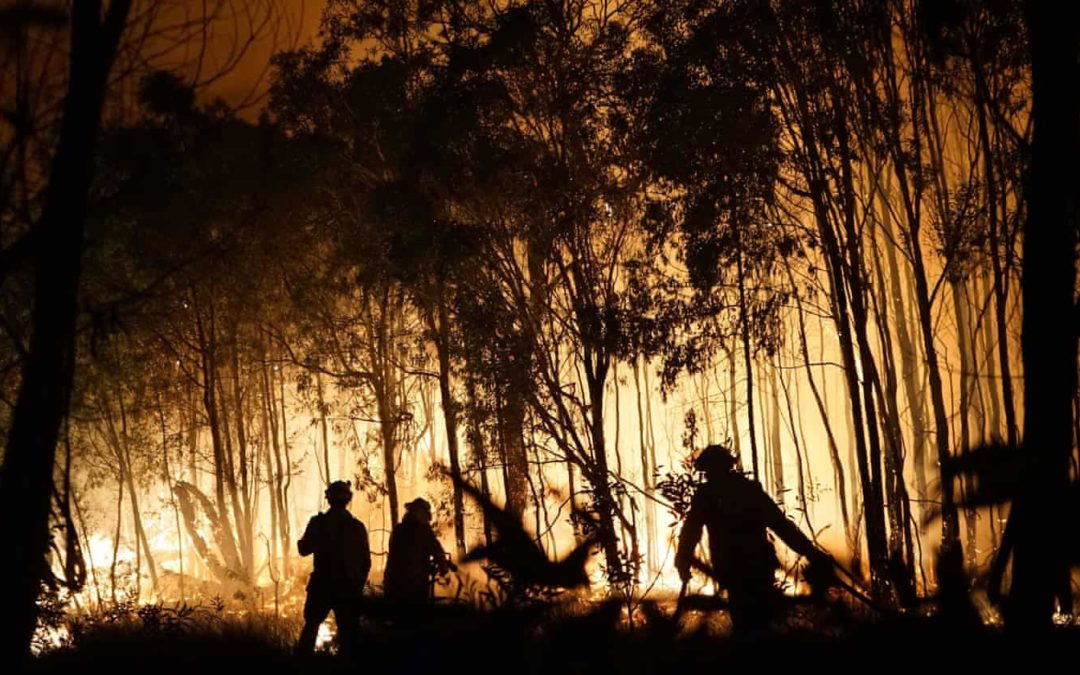SOURCE: The Guardian
DATE: December 9, 2018
SNIP: This year, early summer heat broke all-time records for Queensland. In Cairns, the tropical port city in the state’s far north, 1,600km (1,000 miles) north of Brisbane, the previous highest temperature in November was 37.2C, set in 1900. On Monday 26 November, the mercury hit 42.6C.
Bushfires are common in Australia but they mostly flare in the south-eastern states of New South Wales and Victoria, where summers can be hot and dry.
But Queensland, much of which is located in the tropics, joins other parts of the globe, such as California and Greece, where unusually hot and dry conditions have fuelled catastrophic fires which are forcing a rethink of what such regions can expect in the future.
Typically, rainforest should be able to self-protect during fire, with closed canopies that allow little sunlight to the forest floor and that keep the vegetation moist. But the cyclones have shredded the canopies, leaving an excess of fuel from debris on the ground, and a lack of rain meant the forest was dry.
Since 22 November, more than 1m hectares has been burnt across Queensland, much of which lies in the tropics. Since the beginning of its bushfire season in August, more than 3.6m hectares have been destroyed.
Philip Stewart, a fire ecologist with Queensland University’s school of earth and environmental sciences said areas of rainforest impacted could take decades or even centuries to recover, adding that the next possible threat to those areas was mudslides as the wet season sets in.
“High-intensity fire tends to create a layer within the soil that is hydrophobic and therefore water repellent causing mass soil erosion,” he said.

